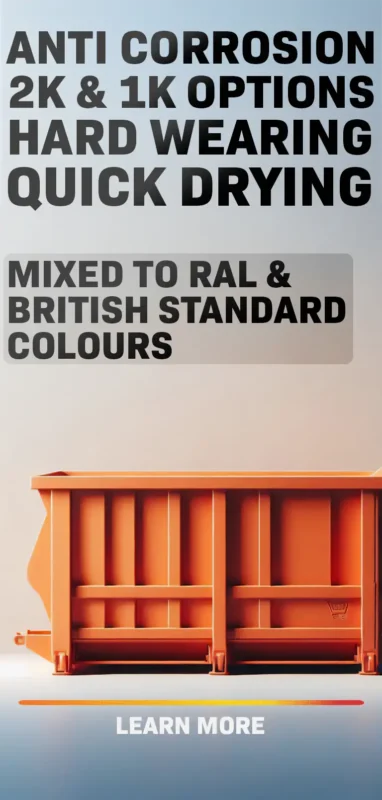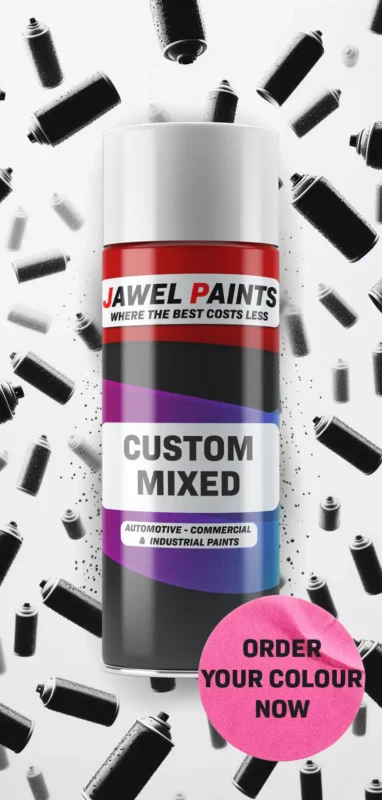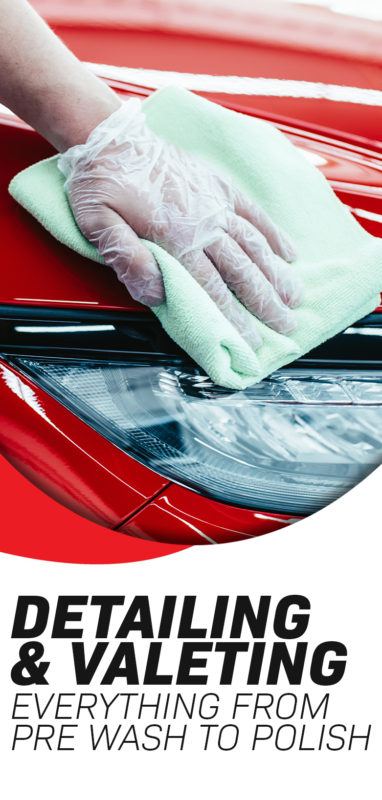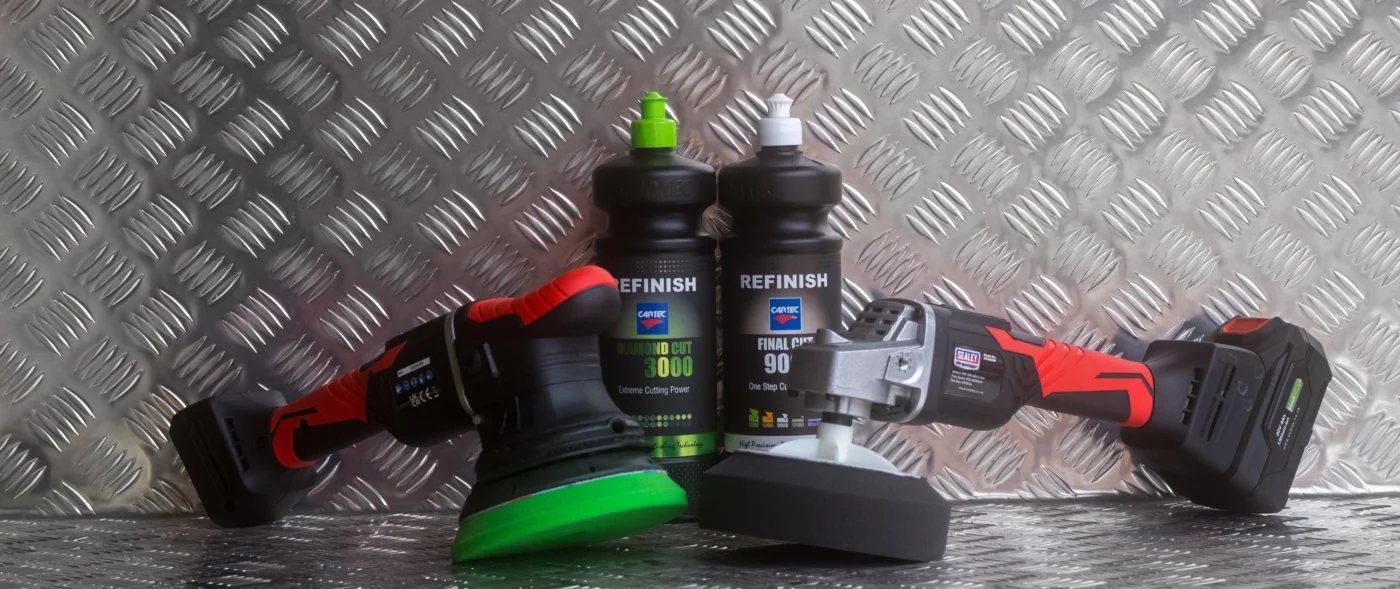Polishing
Orbital vs Rotary Polishers – Why Both Are Essential for Paint Correction
Why Understanding Polishers Matters
Machine polishing is one of the best ways to transform a car’s paintwork. Whether you’re restoring a tired classic or keeping your daily driver glossy, polishers save hours compared to hand polishing and produce a far superior finish.
The debate usually comes down to two main types: rotary polishers and random orbital polishers. While some assume you have to “pick one or the other,” the reality is that both are valuable tools. Each has unique strengths and, when used together, they provide a complete system for correction, refinement, and protection.
What is a Rotary Polisher?
The rotary polisher is the traditional workhorse of Bodyshop’s. Its pad spins in a fixed circle around a central axis, creating a simple but powerful movement.
Because all the energy is focused in one direction, a rotary polisher delivers a fast, aggressive cut. That makes it perfect for tackling serious defects that other machines might struggle with.
Why rotary polishers are powerful:
- Speed and efficiency – able to correct multiple vehicles in a single day
- Heavy paint correction – ideal for deep scratches, severe oxidation, and sanding mark removal
- Restoration work – commonly used on older cars where paint has deteriorated badly
- Pre-paint preparation – great for levelling surfaces before repainting or respraying
When paired with the right cutting compound, a rotary can make short work of even the most stubborn defects.
How an Rotary Polisher Moves
A rotary polisher spins its pad in a single, fixed circular motion.
This consistent motion concentrates pressure in one area, giving the rotary its powerful cutting ability. It removes deeper scratches and heavy defects efficiently, but requires careful control to avoid overheating or creating swirl marks.
📹 Video: Watch how the fixed circular motion of a rotary polisher
What is a Random Orbital Polisher?
The random orbital polisher (also called dual-action) works differently. Instead of spinning in a single circle, the pad moves in overlapping, irregular orbits while also rotating. This dual motion prevents the pad from following the same path twice, which reduces heat and minimises risk.
The result is a smoother, more consistent finish with no holograms. Random orbitals also tend to operate at slower speeds, making them more forgiving.
Why random orbital polishers are valuable:
- Safe and beginner-friendly – less chance of paint burn or holograms
- Perfect for finishing – creates a flawless, swirl-free gloss
- Versatile – excellent for applying waxes, sealants, and all-in-one polishes
- Maintenance work – ideal for keeping a daily driver looking fresh without cutting too deep
Although both orbital and rotary versions are professional tools, a random orbital polisher can often be considered easier for beginners to use, making it a good entry point for your first polisher.
How an Orbital Polisher Moves
As the pad spins, it also moves in a small offset orbit. This dual action creates overlapping, irregular circles that constantly change direction.
- Slower speeds – making them more forgiving.
- Lower risk of damage – reduced heat build-up compared to a rotary machine.
- Swirl-free finish – the random orbit helps prevent holograms and buffer trails.
📹 Video: Watch how the random orbital motion works in practice.
Rotary vs Orbital — how they work together

Think of the two machines as specialist stages in one process: one brings aggressive correction, the other brings refinement and protection. Below are the clear, practical roles they play — and the specific signs to look for when it’s time to stop cutting and start finishing.
What each tool actually contributes
- Rotary = material removal & levelling. It removes high spots, deep swirls and oxidation quickly and flattens the paint surface where it’s badly marred. Use it to get the paint back to a consistent, defect-free baseline.
- Orbital = surface refinement & protection prep. It removes micro-marring, removes any hazing left by aggressive correction, and produces the hologram-free surface that takes polish, wax and sealant beautifully.
When to stop with the rotary (signs to switch)
- The defect is visibly reduced to an even, level surface.
- You begin to see micro-haze rather than discrete scratches (this is the cue to refine).
- Paint feels smoother under a finger but still lacks clarity under angled light.
- Panel temperature is rising — stop, let it cool, check work.
Practical handover rules
- Test-spot first — correct with the rotary on a small panel to choose pad/compound and speed.
- Work in small sections (50–70 cm²). Complete correction on one section before moving on.
- Cut → Inspect → Reduce aggressiveness — after 1–3 rotary passes, wipe and inspect at 45° light. If defects are gone but haze remains, swap machines.
- Swap pads & polish — change from cutting pad + compound to medium/soft foam and a finishing polish for the orbital.
- Finish with slow, overlapping orbital passes — 3–5 passes per section, keeping pad flat and moving to eliminate micro-marring.
- Final wipe & protection — clean residue, inspect in natural/angled light, then apply sealant or wax.
Quick troubleshooting
- If you still see deep defects after rotary passes, try a slightly more aggressive pad (or a second controlled pass) — then re-inspect.
- If the finish looks hazy after orbital work, reduce pressure/speed and try an extra light pass with a softer pad.
- If paint heats up, lift and cool; excessive heat is the fastest route to damage.
Where to Buy
If you are looking to purchase a new polisher or compound and pads, here at Jawel Paints we have a wide selection to choose from.
Products shown in this post:
Rotary Polisher – Sealey Battery Rotary Polisher Kit 150mm
Orbital Polisher – Sealey Battery Orbital Polisher Kit 125mm
Cartec – Compounds and Pads





